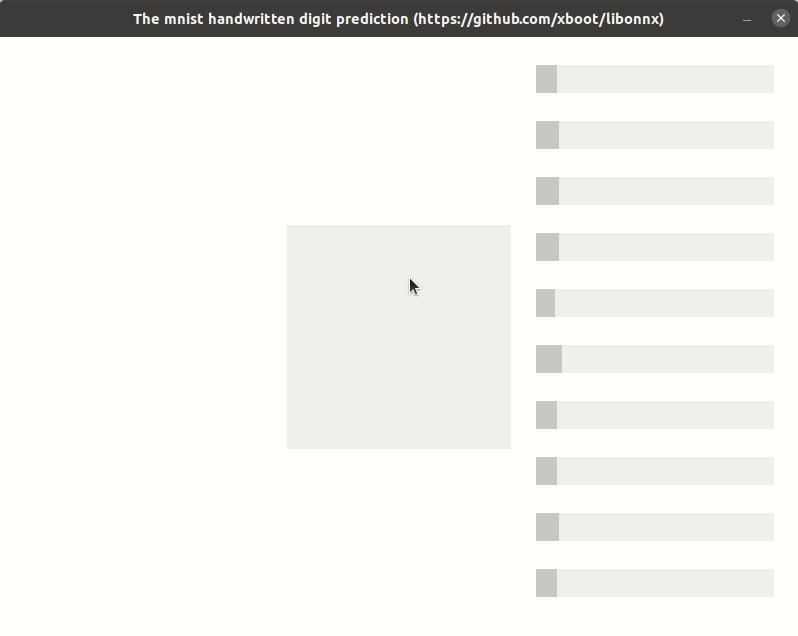A lightweight, portable pure C99 onnx inference engine for embedded devices with hardware acceleration support.
The library's .c and .h files can be dropped into a project and compiled along with it. Before use, should be allocated struct onnx_context_t * and you can pass an array of struct resolver_t * for hardware acceleration.
The filename is path to the format of onnx model.
struct onnx_context_t * ctx = onnx_context_alloc_from_file(filename, NULL, 0);Then, you can get input and output tensor using onnx_tensor_search function.
struct onnx_tensor_t * input = onnx_tensor_search(ctx, "input-tensor-name");
struct onnx_tensor_t * output = onnx_tensor_search(ctx, "output-tensor-name");When the input tensor has been setting, you can run inference engine using onnx_run function and the result will putting into the output tensor.
onnx_run(ctx);Finally, you must free struct onnx_context_t * using onnx_context_free function.
onnx_context_free(ctx);Just type make at the root directory, you will see a static library and some binary of examples and tests for usage.
cd libonnx
makeTo compile the mnist example, you will have to install SDL2 and SDL2 GFX. On systems like Ubuntu run
apt-get install libsdl2-dev libsdl2-gfx-devto install the required Simple DirectMedia Layer libraries to run the GUI.
Run make CROSS_COMPILE=path/to/toolchains/aarch64-linux-gnu- at the root directory to compile all libraries, tests and examples for the platform.
Change CROSS_COMPILE to point the toolchains that you plan to use.
After compiling all the files, you can run an example by using:
cd libonnx/examples/hello
./helloTo run tests, for example on those in the tests/model folder use:
cd libonnx/tests/
./tests modelHere is the output:
[mnist_8](test_data_set_0) [OKAY]
[mnist_8](test_data_set_1) [OKAY]
[mnist_8](test_data_set_2) [OKAY]
[mobilenet_v2_7](test_data_set_0) [OKAY]
[mobilenet_v2_7](test_data_set_1) [OKAY]
[mobilenet_v2_7](test_data_set_2) [OKAY]
[shufflenet_v1_9](test_data_set_0) [OKAY]
[shufflenet_v1_9](test_data_set_1) [OKAY]
[shufflenet_v1_9](test_data_set_2) [OKAY]
[squeezenet_v11_7](test_data_set_0) [OKAY]
[squeezenet_v11_7](test_data_set_1) [OKAY]
[squeezenet_v11_7](test_data_set_2) [OKAY]
[super_resolution_10](test_data_set_0) [OKAY]
[tinyyolo_v2_8](test_data_set_0) [OKAY]
[tinyyolo_v2_8](test_data_set_1) [OKAY]
[tinyyolo_v2_8](test_data_set_2) [OKAY]Note that running the test on the other folders may not succeed. Some operators have not been implemented, look bat the notes section for more info.
- This library based on the onnx version 1.9.1 with the newest
opset 14support. The supported operator table in the documents directory. - Checkout the
toolsfolder for help with ONNX model files. - You can use
xxd -i <filename.onnx>(on Linux) to convert your onnx model into aunsigned char arrayand then use the functiononnx_context_allocto use it. This is how the models are loaded in the examples -helloandmnist.
- The chinese discussion posts
- The onnx operators documentation
- The tutorials for creating ONNX models
- The pre-trained onnx models
This library is free software; you can redistribute it and or modify it under the terms of the MIT license. See MIT License for details.
